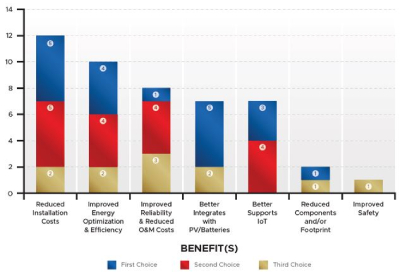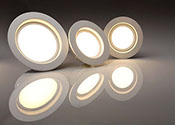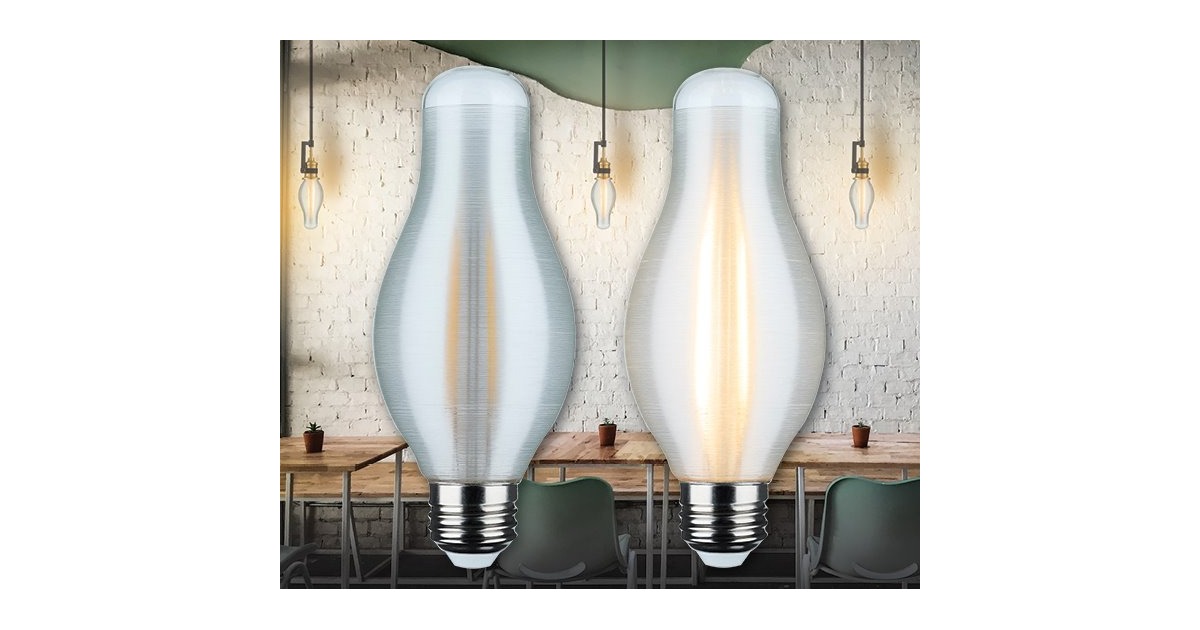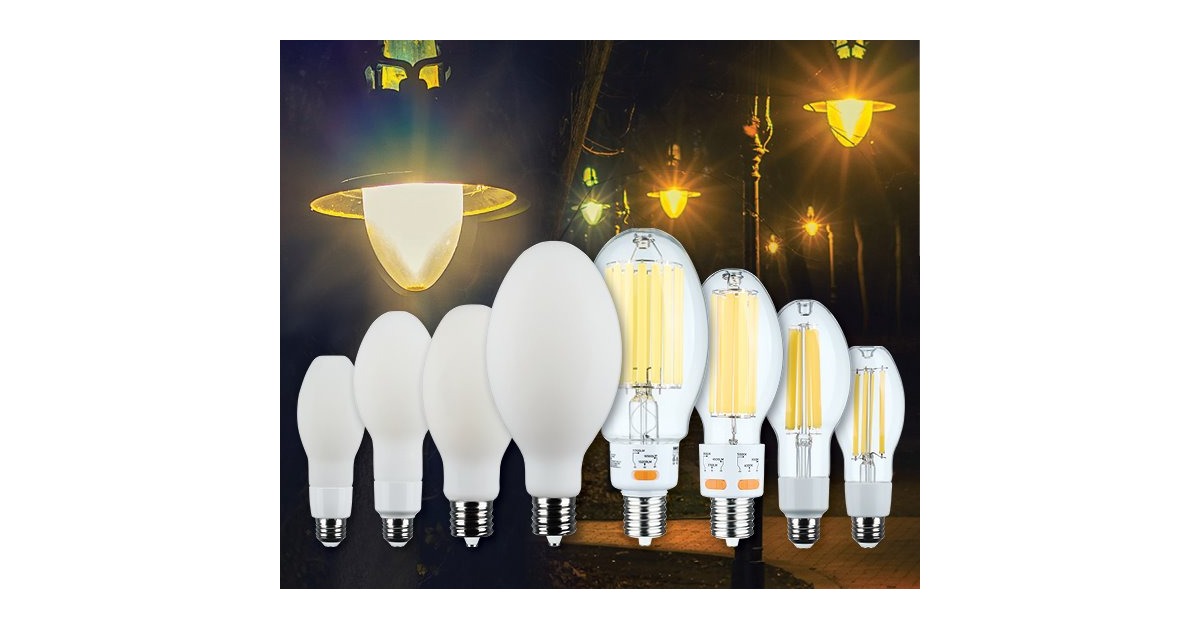9 Questions That Can Help Maximize the Value of Your LED Retrofit

The benefits of LEDs almost seem too good to be true, and in some cases may be. Rapid growth in LED technology has led to equal growth in the number of manufacturers and suppliers, with sometimes questionable results. To get the greatest value out of your LED retrofit, integrate these considerations into your purchasing process.
1. Look for a manufacturer with a long-term commitment to LEDs. For example:
• demonstrates product leadership
• invests in research and development
• offers a broad portfolio of LED solutions in terms of shape, beam spread, colour temperature, lumen output, and other key criteria
• has a successful track record with new and retrofit applications
Manufacturers such as Philips “own” every step of the products they build, from chips to drivers, to luminaries. This gives these manufacturers greater control over the delicate balance required to build every layer of what makes up an LED lamp system, which helps to guarantee an end product that will be optimized for best performance and meet the overall needs of the user.
2. Ask about product testing and quality control practices. Does the manufacturer conduct stress testing? How about testing in ”enclosed” air vs. “free” air — a more rigorous process. To protect LEDs from vibration, Philips incorporates a vibration-absorbing gel in all their LED retrofit lamp products. Furthermore, the LED lamps are designed to be +/- 120V, which protects them during power surges.
3. Determine how the manufacturer rates the life of the LED lamp. Look for lamps with life ratings based on the entire system. Many manufacturers rate it based on the rating of the LED chip itself, which is inaccurate because once the chips are incorporated into the luminaire, system performance changes.
4. Specify products only from companies you know or trust, and which have a documented support history.
5. Determine whether specifications are based on DC or AC current. Some manufacturers rate their MR16 lamps, for example, based on AC current as this delivers an exaggerated spec on light output. However, this is not real world application as they run off DC (not AC current) in real world.
6. Check for dimmer compatibility. Do dimmable lamps include a safeguard that prevents damage if used with a non-compatible dimmer?
7. Ask about the manufacturer’s sustainability practices.
8. Buy only quality lighting products that have been independently tested and certified. Look for products that are C-UL approved, and that have an Energy Star certification, and ask for evidence of IES photometric files, to provide some examples. Otherwise, buying “bargain” products now could cost you more later.
9. Get a written warranty that includes light output and colour variation.













